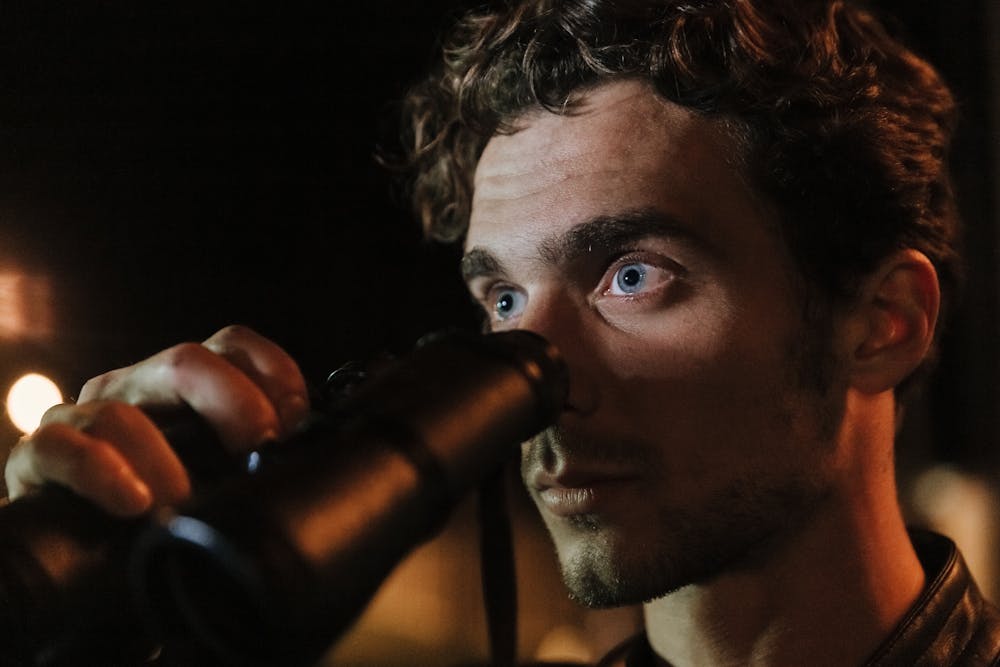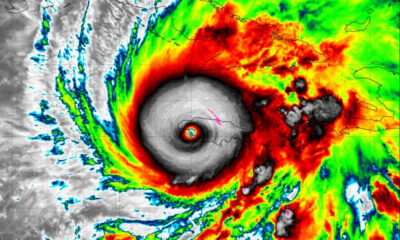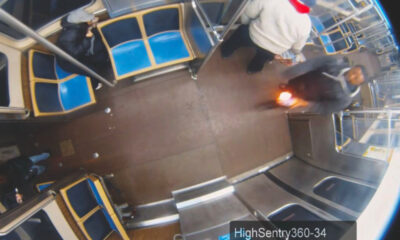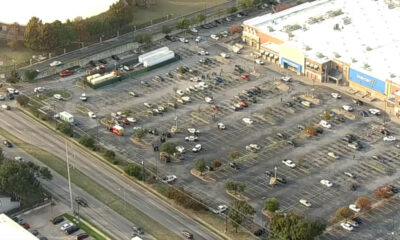Reviews
Night Vision Technology Expands Beyond Military Use Into Civilian Life

Once confined to the military, night vision technology is increasingly being adopted by civilian users for security, research, and recreation. Advances in optics and digital imaging have made the equipment smaller, lighter, and more affordable, widening its appeal to consumers and professionals outside defense sectors.
Expanding Functionality
Modern night vision devices work by amplifying available light—such as moonlight or starlight—to produce visible images in dark conditions. While the technology was originally developed for tactical use, newer designs now target a broader market.
The PVS 14, a single-lens monocular that is one of the widely available models, has been used by law enforcement, security professionals, and outdoor enthusiasts. Its compact and durable design allows for use in a range of environments, from field operations to recreational activities such as camping and wildlife observation.
Growing Civilian Applications
The number of civilian applications for night vision has expanded rapidly in recent years. Outdoor users are employing the technology for hiking, boating, and night photography, while homeowners integrate it into property monitoring systems to improve visibility without the use of bright lighting.
Researchers and environmental scientists use night vision equipment to track nocturnal wildlife and study natural behavior in low-light settings. First responders also rely on it to conduct search and rescue operations during nighttime emergencies.
Advances in Digital Optics
Recent improvements in sensor technology have led to sharper, more detailed images. Devices equipped with modern CMOS sensors can now produce full-color visuals instead of the monochrome green imagery typical of earlier generations.
Battery life, image resolution, and connectivity have also improved. Some devices now include features such as app integration, GPS tracking, and real-time streaming, further increasing their practicality for civilian use.
Market Outlook
As prices decline and production increases, analysts expect demand for night vision devices to continue rising across both professional and consumer segments. Manufacturers are focusing on enhancing durability and ease of use while maintaining the clarity and range needed for field work.
Industry observers say continued development of compact, digital imaging systems will likely strengthen the presence of night vision technology in both public safety and personal recreation markets.

-

 Legal6 days ago
Legal6 days agoMichigan man JD Vance sentenced to 2 years for threatening Trump and JD Vance
-

 Politics1 week ago
Politics1 week agoU.S. to designate Maduro-linked Cartel de los Soles as terrorist organization
-

 Health7 days ago
Health7 days agoCambodia reports fatal H5N1 bird flu case in 22-year-old man
-

 World4 days ago
World4 days agoHurricane Melissa registered 252 mph wind gust, breaking global record
-

 Legal4 days ago
Legal4 days agoWoman in critical condition after being set on fire on Chicago train
-

 Politics7 days ago
Politics7 days agoEpstein survivors release PSA calling on Congress to release all files
-

 Legal4 days ago
Legal4 days ago1 dead, 2 injured in shooting at Dallas Walmart parking lot
-

 Legal3 days ago
Legal3 days agoSuspect in San Diego stabbing shot by authorities after fleeing into Mexico




